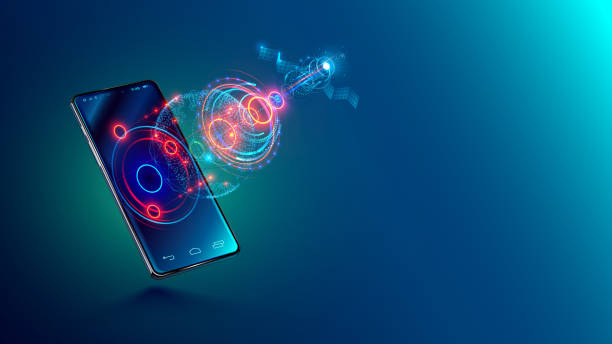The FCC is going to require that 100 percent of all mobile handsets—such as smartphones—be compatible with hearing aids. With this change, the 48 million Americans with hearing loss will be able to choose among the same mobile phone models that are available to all consumers, according to the agency.
The Commission also voted last week to establish a Bluetooth coupling requirement the agency says will benefit consumers by ensuring more universal connectivity between mobile handsets and hearing aids, including over-the-counter hearing aids. The change encourages handset manufacturers to move away from proprietary Bluetooth coupling standards, notes the Commission.
The Report and Order also requires that all new mobile handsets available in the U.S. must meet volume control benchmarks that ensure clear audio for the listener by allowing them to increase a mobile handset’s audio volume without introducing distortion. Such requirements accommodate consumers with hearing loss who do not use hearing aids as well as those that rely on hearing aids or cochlear implants.
In response to the action, CTIA Director Regulatory Affairs Christiaan Segura stated: “The wireless industry is committed to promoting accessibility for all consumers, including those with hearing loss.” The Report and Order “is the result of years of strong collaboration, from the Joint Consensus Proposal to the Hearing Aid Compatibility (HAC) Task Force Report and Recommendations,” Segura said. “It importantly sets the path for 100 percent wireless handset compatibility while retaining the flexibility necessary to reflect marketplace developments and protect world-leading innovation in mobile devices. We look forward to continuing efforts with the FCC, consumer advocates, the accessibility community and industry partners as we get closer to achieving the shared goal of 100 percent HAC.”
By Leslie Stimson, Inside Towers Washington Bureau Chief





Reader Interactions